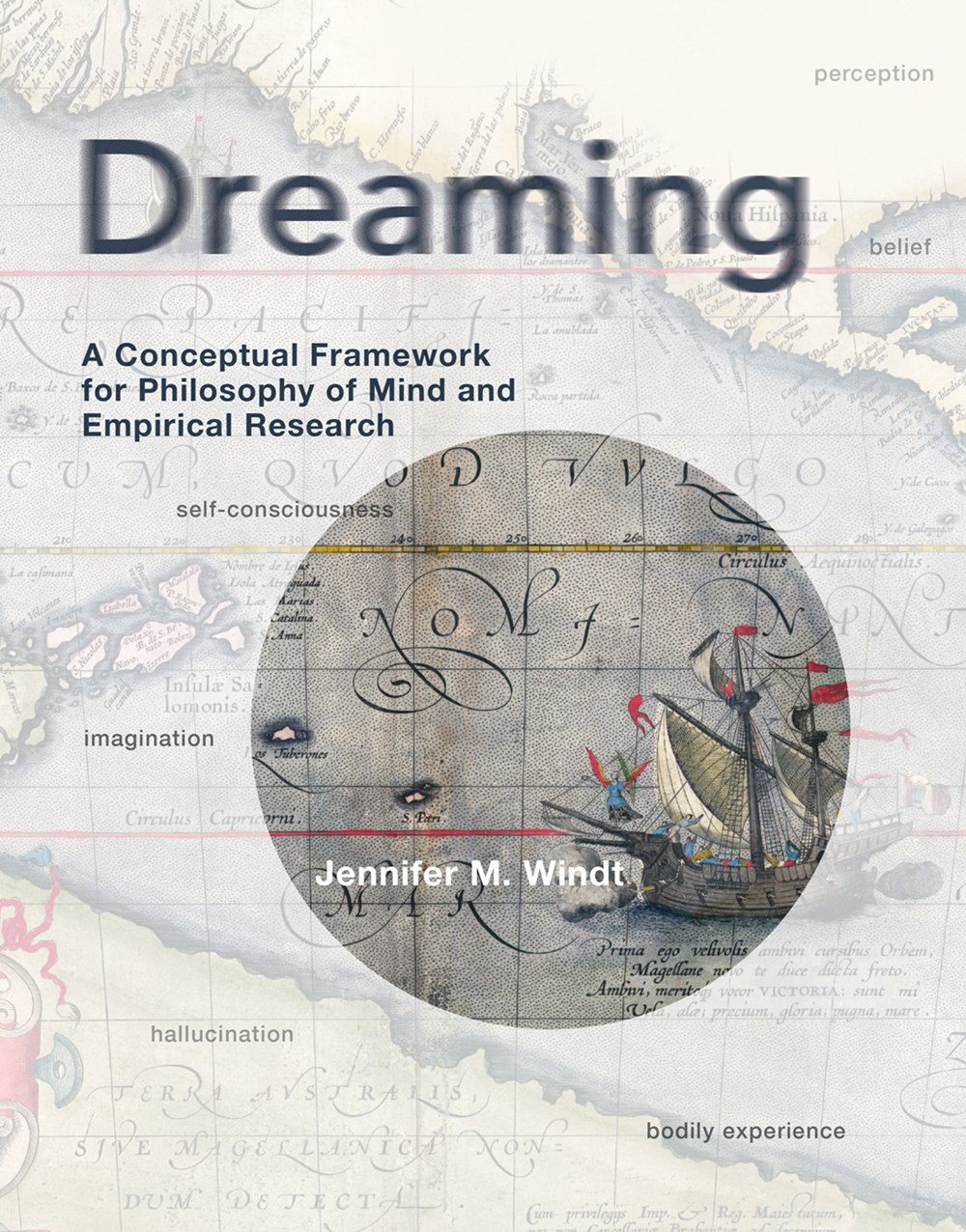(Re-)mapping the concept of dreaming
We spend roughly one third of our lives asleep, and research tells us that a considerable portion of this time is spent dreaming. Yet, most of us rarely remember our dreams, and even when we do, we would be hard-pressed to describe more than a single dream per night. This …







